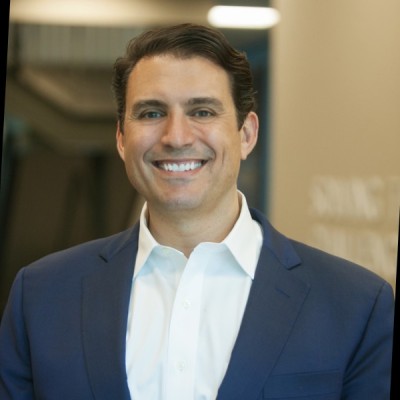- Video Library
- David Giarracco, Noninvasix - Non-Invasive Central Venous Oxygenation Monitor | LSI USA '24
David Giarracco, Noninvasix - Non-Invasive Central Venous Oxygenation Monitor | LSI USA '24

David Giarracco
I am a medical device executive with over twenty-five years of leadership experience spanning quality, engineering, and operations including product line, business integrations and new product launches, six-sigma implementations for both operations and business process, and US and global marketing in surgical and monitoring environments.
My leadership was crafted in big corporate America as well as within the start-up ecosystem. My experiences span business development (target identification, business case development, diligence), product development (concept through commercialization), into tactical commercial execution bringing innovative solutions to new sites. Market segments span the "admit to discharge" care continuum including the highest acuity in the OR/ICU through terminal chronic care and home care environments.
Skills and Capabilities:
Fund raising
Board Management
M&A including acquisition, commercial integration and divestiture of global business
Sales and Marketing leadership across the healthcare continuum
New Business Opportunity Identification, Assessment and Business Case Creation
Strategic Planning
Global Market Development
Product Launch
Key Opinion Leader Management
Clinical Claims Strategy and Management
Operations Management
Six Sigma & Lean Implementations
Organizational Development
David Giarracco
I am a medical device executive with over twenty-five years of leadership experience spanning quality, engineering, and operations including product line, business integrations and new product launches, six-sigma implementations for both operations and business process, and US and global marketing in surgical and monitoring environments.
My leadership was crafted in big corporate America as well as within the start-up ecosystem. My experiences span business development (target identification, business case development, diligence), product development (concept through commercialization), into tactical commercial execution bringing innovative solutions to new sites. Market segments span the "admit to discharge" care continuum including the highest acuity in the OR/ICU through terminal chronic care and home care environments.
Skills and Capabilities:
Fund raising
Board Management
M&A including acquisition, commercial integration and divestiture of global business
Sales and Marketing leadership across the healthcare continuum
New Business Opportunity Identification, Assessment and Business Case Creation
Strategic Planning
Global Market Development
Product Launch
Key Opinion Leader Management
Clinical Claims Strategy and Management
Operations Management
Six Sigma & Lean Implementations
Organizational Development

17011 Beach Blvd, Suite 500 Huntington Beach, CA 92647
714-847-3540© 2025 Life Science Intelligence, Inc., All Rights Reserved. | Privacy Policy







